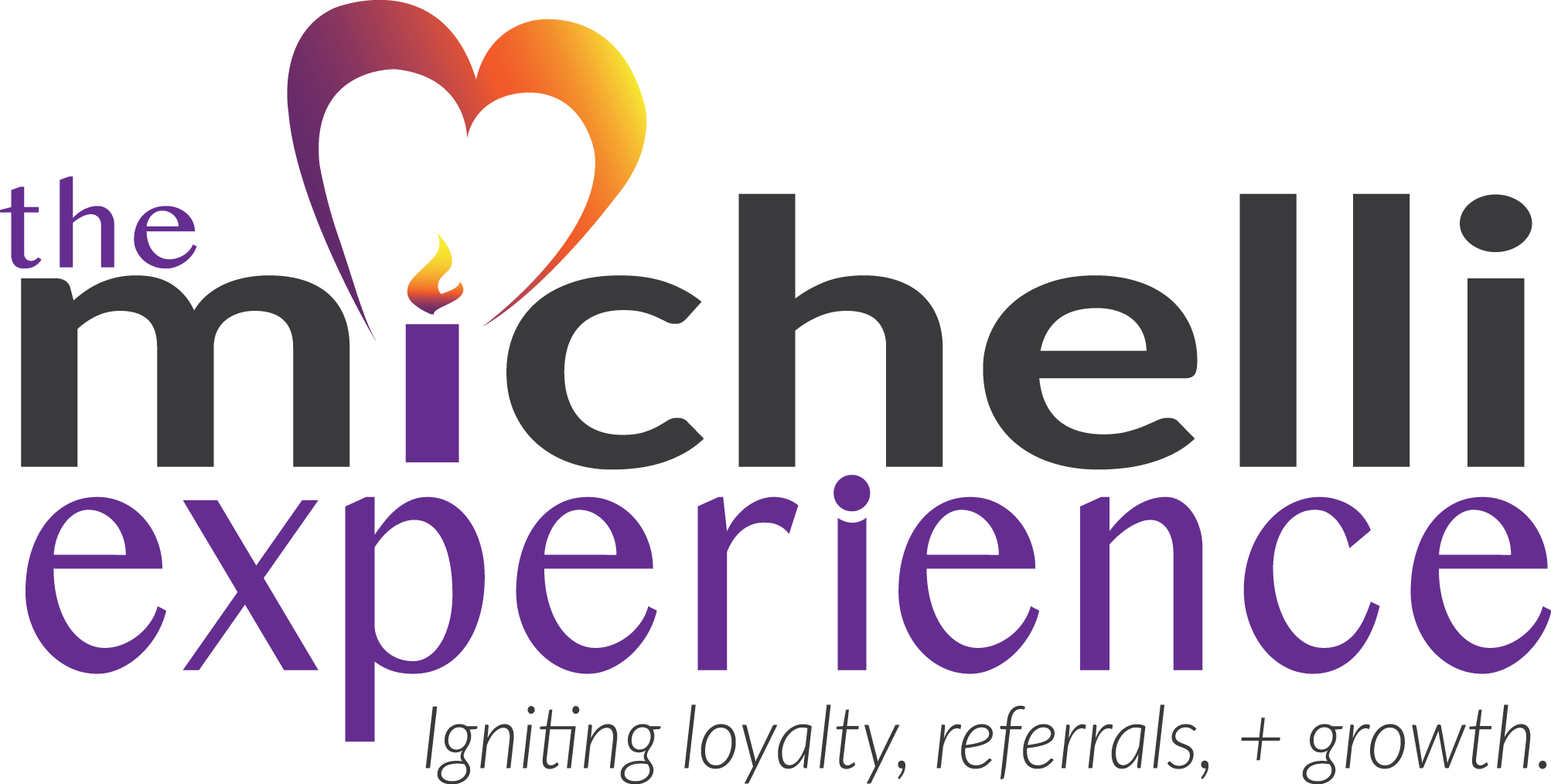In last week’s blog, I made a distinction between “likely to recommend” and “actually recommend.” I also suggested that from my vantage point the Net Promoter Score® (which is calculated using a single question about likelihood to recommend) has greater predictive value for customer loyalty (return business and future spend) than it does about advocacy (referrals).
Also in last week’s blog, I indicated that customers have a variety of reasons why they don’t recommend brands even though they are otherwise loyal (e.g. wanting not to have their favorite places overrun with new customers). Finally, I promised this week I would offer tips on how to convert loyal customers into referral sources.
So without further ado, here are some broad approaches to activating promoter behavior in your loyal customer base:
1.) Remind them you operate from referrals. This may seem obvious but few businesses formalize this utterance. Any time you determine a customer is highly satisfied or strongly emotionally engaged with your brand (e.g. direct feedback from them, a 9 or 10 on the NPS®, or you receive stellar results on a satisfaction inventory), you have an opportunity to let your customer know that your ability to serve them is fueled by their referrals.
2.) Thank those that make referrals. By asking customers how they heard about your business you can track how much of your new customer acquisition comes from “word of mouth.” This calculation is not only an important KPI of customer experience excellence (happy customers sending their friends) but also it is foundational to an important follow-up question, “Who may I thank for referring you?” A personal thank you note or small unexpected thank you gift goes a long way to sustaining referral behavior.
3.) Make it easy to make referrals. One of the great things about social media is the ease with which customers can make what I refer to as “passive” referrals through the power of “social shares” or “likes.” Making it easy to socially share their positive moments with your brand allows customers to gently let their community of friends know that they are brand advocates.
In addition to social sharing strategies, consider providing other collateral materials to loyal customers. For example, a marketing collateral that thanks loyal customers for their business can give them a discount for a future purchase based on their loyalty and it can also be constructed to allow them to “gift” a discount to a friend that they want to introduce to your brand.
4.) Assure existing customers that you have a long-term commitment to their personal care. Every time a customer refers someone to your business they run the risk that the person they referred will get their needs met instead of the customer making the referral. Subtly, great brands signal an enduring commitment to personal care for loyal customers which implies that as your business grows, you will respond in ways that don’t exploit loyalty. If that message isn’t communicated or if actions don’t support that communication, loyal customers will not only stop referring; worse yet, they will abandon you.
5.) Don’t forget the WIIFM. Customer’s need to know “what’s in it for me” when they make a referral. That has to be more than the, “Don’t worry no matter how much we grow, we will take care of you.” message recommended above.
You have to answer the question, “What does a person get for putting their reputation out on behalf of your brand’s reputation?” Often companies take a very instrumental or mercenary approach to this question and reflexively create a “referral incentive.” While monetary referral rewards can be appropriate in certain situations, they can also backfire. Many customers want to refer you because they have strong intrinsic connections to their friends and to your brand. They want to connect the people they care about with the brands that care about them. Being a resource and networker of people and experiences is an intrinsic “what’s in it for me.”
Often by creating incentive programs for referrals, you get people seeking extrinsic incentives (e.g. money) by sending people who may not be closely similar to the very people who are likely to be loyal to you. Inadvertently, you can acquire commodity buyers by attempting to purchase referrals.
Ultimately, your loyal customers want you to be around to serve them. They appreciate the way your business meets their needs, engages them emotionally, and fits their lifestyle. Most of those customers want to share your name with friends but often they need just a little reassurance, a gentle reminder, and an invitation to make referrals a reality.

Joseph A. Michelli, Ph.D. is a professional speaker and chief experience officer at The Michelli Experience. A New York Times #1 bestselling author, Dr. Michelli and his team consult with some of the world’s best customer experience companies.
Follow on Twitter: @josephmichelli




Great advice, Joseph! If you want your customers to give you referrals… make it easy for them to do so!
Thanks Shep, I must be learning from you LOL!
Joseph, Thank you for this information. We have a net promoter score above 80. How does that relate? We get approximately 1/3 of our business from referrals. We are a supplementary after school math learning center help kids from 2nd grade to 12th grade.
While we have a referral reward program, most parents do not take advantage of it. I am wondering how we would use your 1st point in reminding them that we rely on referrals in a gentle way.
John, 80 is an impressive NPS irrespective of industry. There are benchmarks easily available online but as a ballpark software companies average NPS of 41% and airlines 37% and television providers 11%. 33% referrals are also enviable by most standards. That said, your referral pool (parents, teachers etc), are a fairly tightly knit cohort so I would expect there is still an upside here. As I mentioned in the blog, referral rewards are a part of the solution, personal and value add follow-up contacts with a gentle message of the importance of referrals would likely be another component. Thanks for reading and engaging. Joseph
[…] Know About Brands That Care About Them: Author: Joseph Michelli Source: josephmichelli.com In last week’s blog, I made a distinction between “likely to recommend” and “actually recommend.” I also suggested that from my vantage point the Net Promoter Score® (which is calculated using a single question about likelihood to recommend) has greater predictive value for customer loyalty (return business and future spend) than it does about advocacy. […]